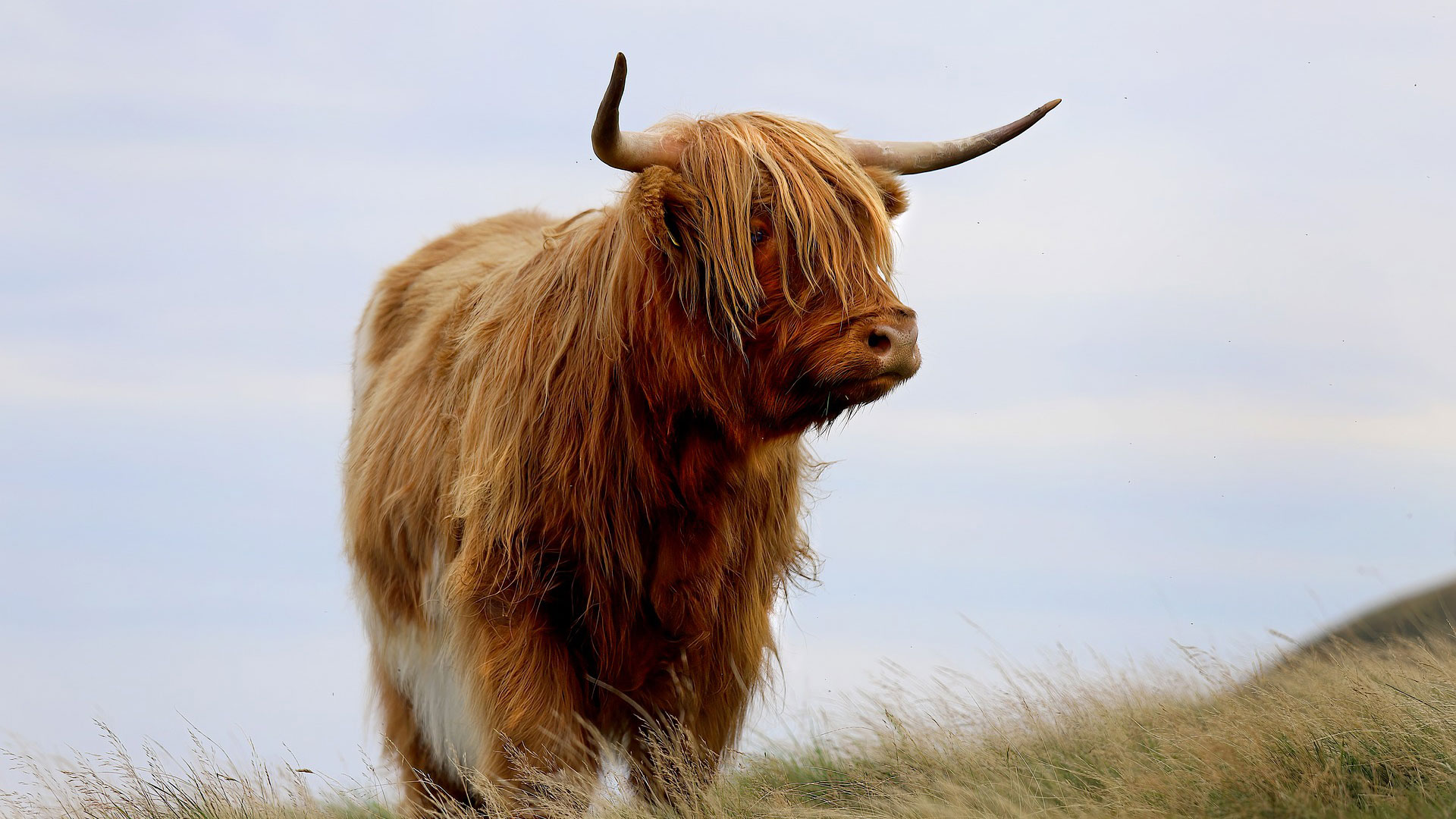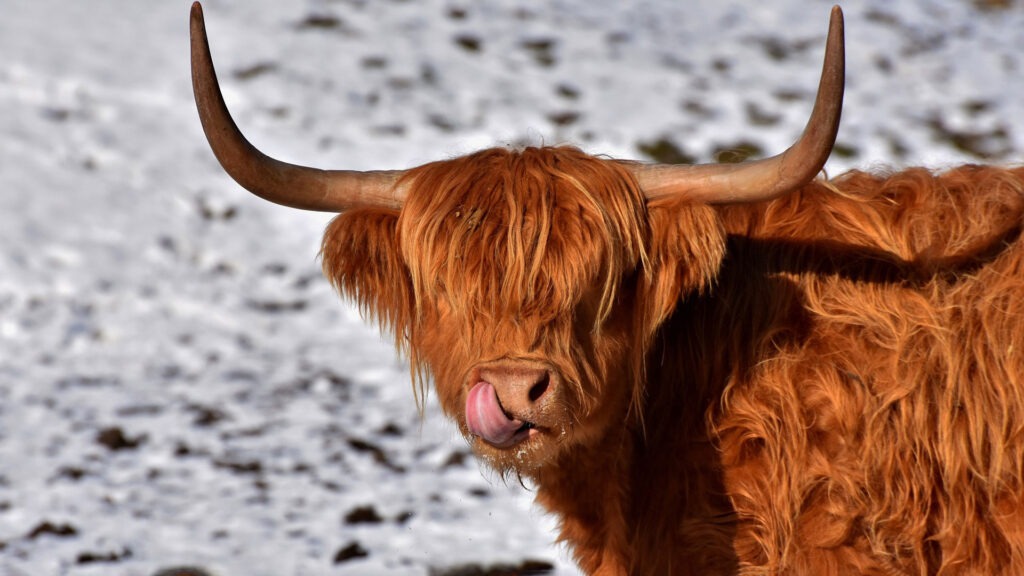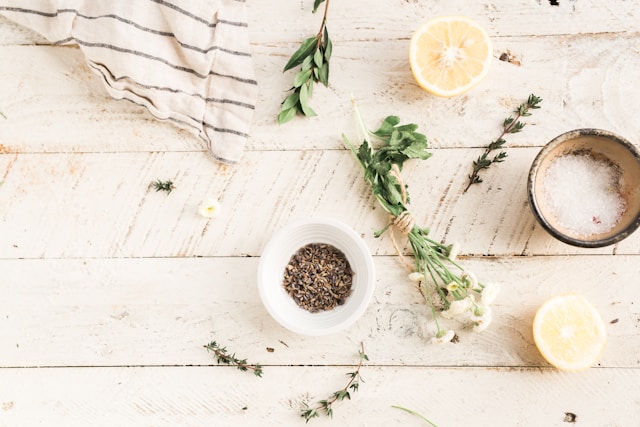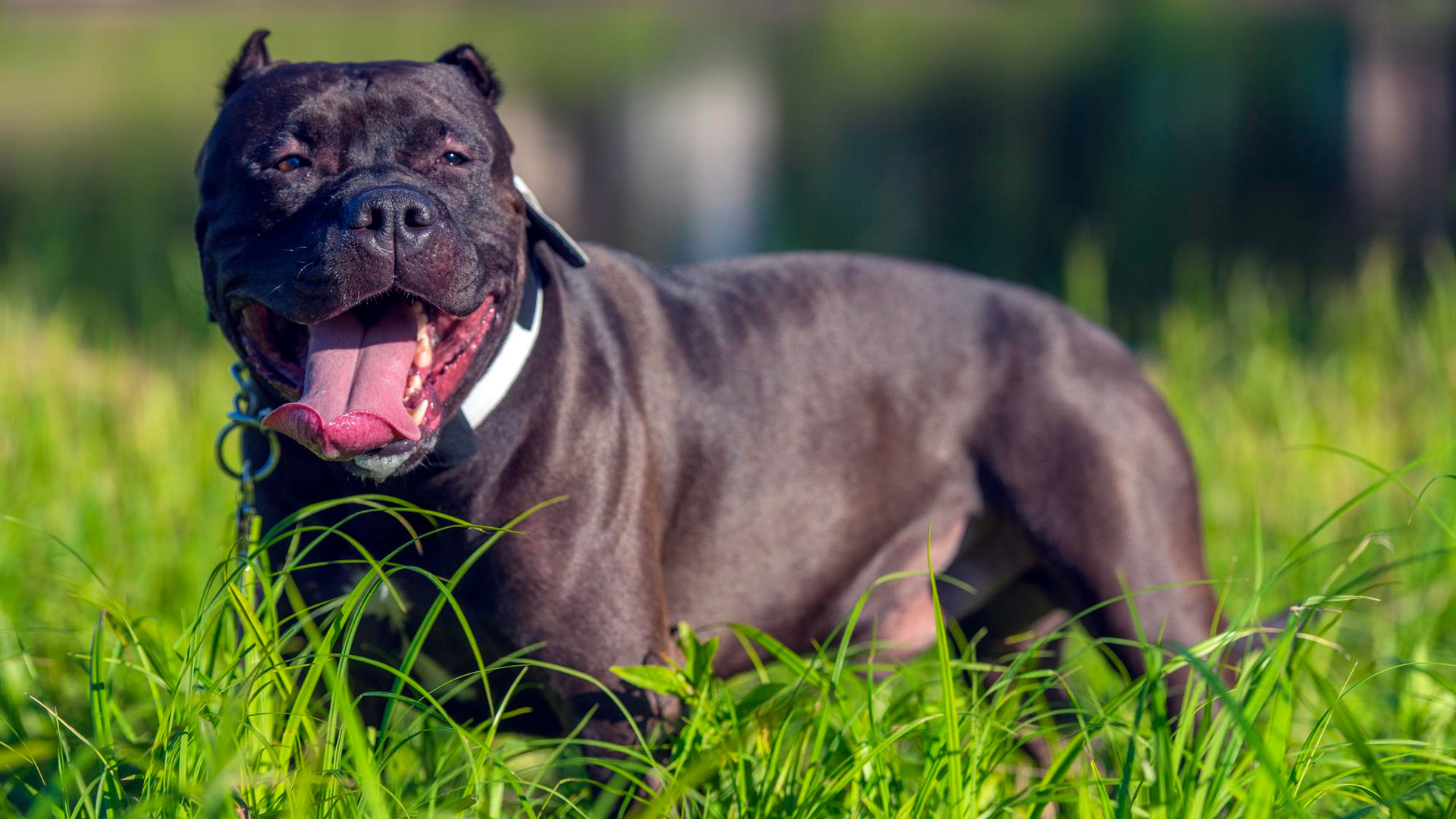How Much Is a Mini Highland Cow? A Comprehensive Guide

Have you seen those adorable, fluffy small cows and wondered How much is a mini highland cow? Keep scrolling, because this article will cover all the information you need before buying one!
How Much Are Miniature Highland Cows?
The average price range for mini highlands is between $2,000 and $10,000, although some have been observed to reach up to $15,000.
This range is primarily depend on factors such as gender, age, and overall condition. Additionally, you should have the necessary property facilities set up well in advance of the actual purchase. They can weigh 800 pounds or more which may come as a surprise to some owners.
How Can You take Care of Mini Highland Cows?

Cherished for their beauty and temperament, mini highlands are not just an attraction but rather a long-term commitment. If you want this mini companion to stay healthy and live a long life keep reading because this article will cover all the details your need to know about them.
1. Nutritional and Dietary Requirements
Miniature highland cattle, similar to their larger relatives, are herbivorous animals.Their diet mainly includes grass, hay, and healthier alternatives like grains or pellets.
Not all feed options are equally beneficial, so it’s crucial to ensure that the feed you select provides all the essential nutrients for your mini cow to flourish.
During the winter months, you should expect this amount to increase, as they need more feed to stay healthy. Additionally, like all mammals, they will require access to fresh water throughout the day.
2. Proper Shelter and Fencing
A highland cow prefers not to be exposed to the sun all day during the summer and requires protection from the chilly temperatures in the winter.
Regarding fencing or shade, it’s advisable to have a fence that stands 4 to 5 feet tall and is robust enough to endure their horns, as they are likely to bump into it. As they grow, their playful behavior may unintentionally cause damage to the fencing.
Note: It isn’t recommended Mini Highlanders live in hot desert climates – they are better suited in colder climates, especially with their thick fur coats.
3. Grazing Space
While we love staring at their furry coats, you want to ensure that mini highland cows have enough space to naturally graze. As mentioned, previously, you’ll want at least 1–2 acres per heard of mini highlands.
What Exactly Are Miniature Highland Cows?
Imagine the shaggy, majestic Highland cattle of Scotland — now picture them as pint-sized versions. That’s what Mini Highland cows are.
Originating from the Scottish Highlands, these cows are just like their bigger relatives but smaller, making them perfect for people with less space. They can live up to 20 years and can be quite pricey.
Note: Despite their small stature, Mini Highland Cows, on average, live 12 to 15 years and could live up to 20 years, depending on the quality of care they receive from their owners.
Controversy Around Mini highland Cows
Based on my findings, it seems that breeders typically employ three primary methods to produce these smaller sizes.
1. Intentionally separating the calves for bottle-feeding, which leads to inhibited growth.
2. Mating them with other smaller breeds, such as Dexters, which can result in dwarfism-related issues.
3. Gradually breeding them with increasingly smaller bulls over multiple generations.
The first two methods have sparked debate, while the third is considered the most ethical approach to raising mini Highland cows, should one choose to pursue this type of breeding.
Features of Mini Highland Cows: What Sets Them Apart
There are numerous cows around the globe, but what sets these small, fluffy ones apart from the rest? Continue scrolling to discover their unique characteristics.
Temperament
Mini highlands are cherished for their generally calm and gentle nature. They display a friendly demeanor and possess an innate curiosity that is quite charming.
Ultimately, you can anticipate less chaos in comparison to larger cattle breeds, as their serene disposition leads to a reduced likelihood of damaging fences or becoming restless.
Physical Characteristics
Highland Cows have consistently been noticeable due to their unique double layer of fur – a soft undercoat that provides warmth and a longer, wavy outer coat.
This hardy appearance is a key characteristic of the breed.Their coat colors typically range from red, yellow, black, dun, white, brindle, to silver. A prominent trait that distinguishes them from ordinary cows is their long, sweeping horns.
Affectionate
Mini Highlanders establish deep connections with their mothers at birth and typically develop strong emotional ties with their herd and human caretakers.
They also grow to love the attention provided by humans and make endearing mascots and farm animals.
How Do You Measure Up in Size To typical Highland cows?
If you have encountered a typical Highland, you’re aware that they are regarded as sizable animals, generally reaching a height of approximately 4 to 5 feet, with males usually being larger.
On the other hand, miniatures stand at about 3 to 3.5 feet tall for females and 3.5 to 4 feet for males.
However, they can still tip the scales at 800 pounds or more, which might astonish some owners.
Some Benefits and Downside of Having a Mini Highland Cow
There are some benefits and downside of having a highland cow, read this section and find them out.
| Benefits | Downside |
| Requiring Less Space | Need to be social |
| Offers plenty of love an companionship | Produce less beef. |
| Requiring Less Feed | Vaccines and extra maintenance are required. |
The Significance of Consistent Veterinary Attention
Routine veterinary visits aren’t just advisable—they’re essential for every cattle owner. Even if your miniature cow seems completely healthy, regular examinations can help identify potential health concerns that might be overlooked by someone without training.
Common Health Concerns and Preventative Strategies
Although miniature highland cattle are generally hardy, they can be susceptible to specific health problems.
Regular vaccinations and routine health checks are integral for catching common health issues early and ensuring a long, healthy life for your Mini Highland Cow.
Don’t forget to seek advice from vets before changing their diet.
Financial Planning for Your Mini Highland Cow
Bringing everything together, here are the factors to keep in mind when budgeting for miniature cattle.
- The expense of the maintenance of small Highland cattle
- Shipping fees to return to your property
- Daily feeding expenses, including extra vitamins and supplements during the winter season
- Expenses related to housing, such as barns and fencing
- Recurring yearly veterinary and health expenses
- The costs and tools necessary to effectively manage a farm and a complete beef operation, or at the very least, a strategy for handling production
The business side of Mini Highlands
There are primarily three ways to generate income to sustain your homestead.
Dairy Production: While not the main motivation for most farmers or owners of mini highlands, milking them is still a viable option. You can also produce and sell various dairy products, such as cheese and butter, which can enhance your financial returns.
Calf Sales: The birth of healthy calves can yield significant profits. Selling these calves can assist in covering recurring expenses and may even lead to additional income.
Meat Production: Often the main focus for these animals, beef production is likely to account for the majority of your income if you are operating a conventional farming business. Highland beef is known for its high quality and typically lower fat content.
With so many valuable qualities, Mini Highland Cows prove that good things can come in small packages!
Frequently Asked Questions
These are the most commonly asked question about the mini highland cows.
Q1: What is the ideal breed of cattle to purchase for a small farm?
A: The regular highland breed is often considered an ideal choice for small farms due to its docile personality and ability to thrive in various environments, including harsh conditions.
Q2: How much milk can I expect from a regular highland calf?
A: While the milk production may vary, a regular highland cow can produce an adequate amount of milk sufficient for personal use, which is typically around 3 to 5 gallons per day during peak lactation.
Q3: What factors should I consider before purchasing a calf?
A: Before purchasing a calf, consider the environment you can provide, the amount of acreage you have, and whether you can accommodate a herd of cattle. Also, assess the cow’s breed and overall health.
Q4: How much land is needed per regular highland cow?
A: Ideally, each regular highland cow requires at least 1 acre of land to graze and roam comfortably, although this may vary depending on the environment and pasture quality.
Q6: What should I know about the sex of the calf when making a purchase?
A: When purchasing a calf, consider the sex as it will affect your future herd composition. Female calves (heifers) are typically kept for milk production, while male calves (bulls) may be raised for meat or breeding purposes.



